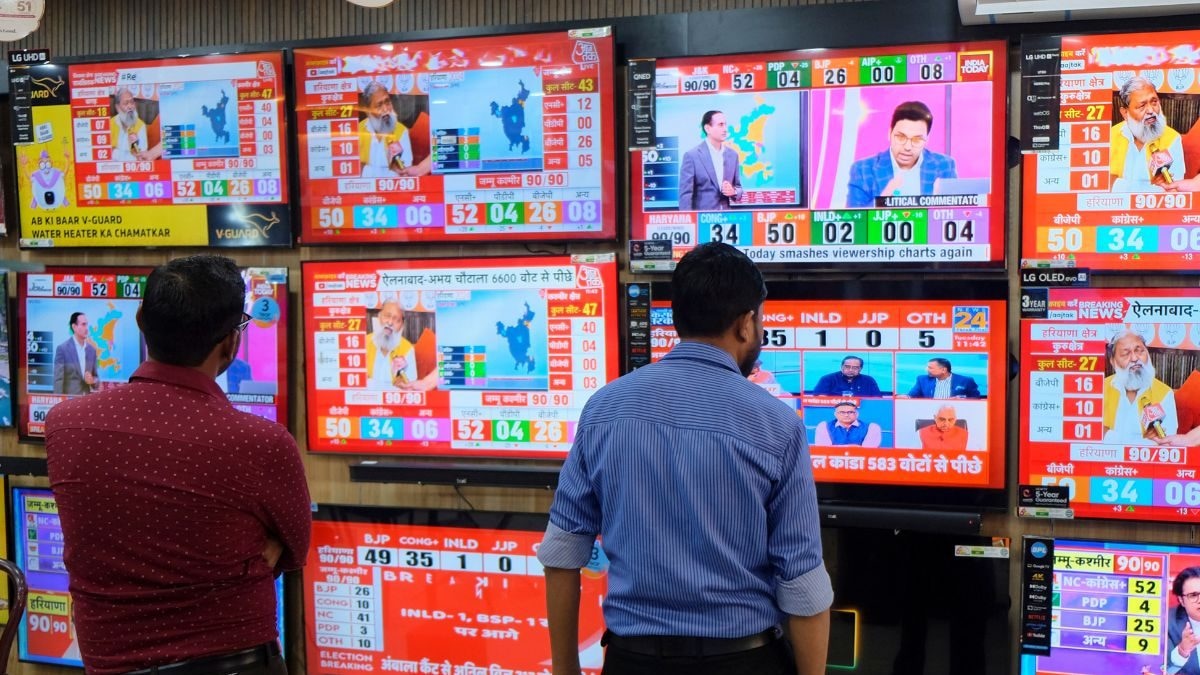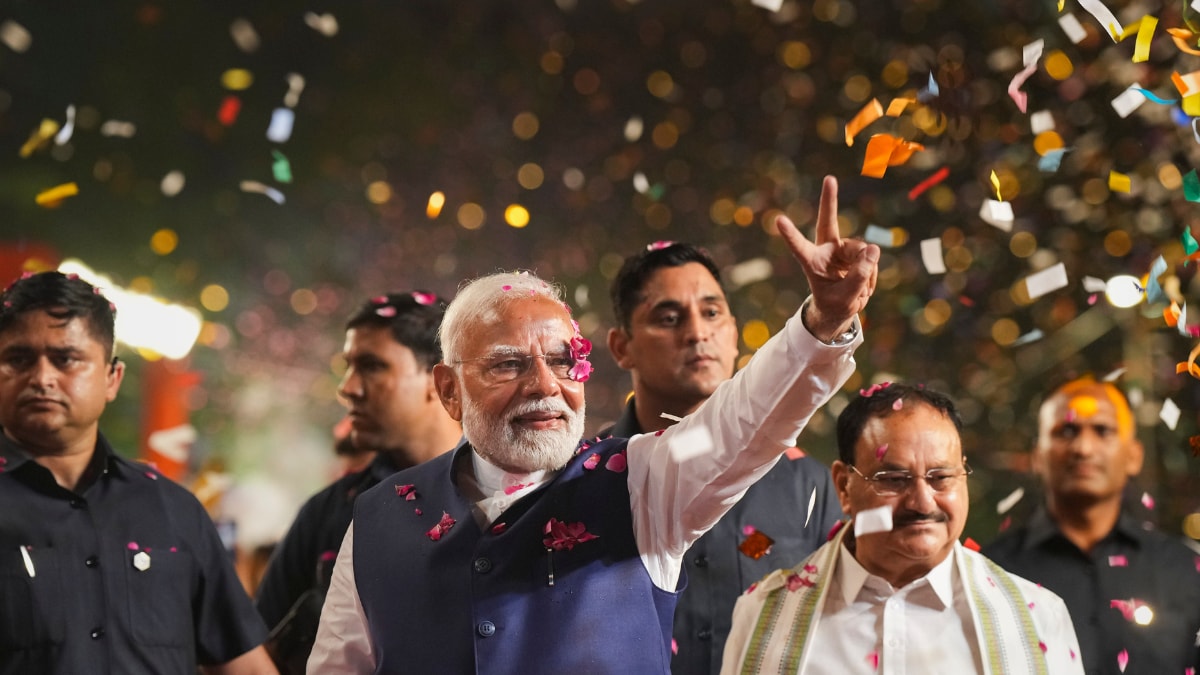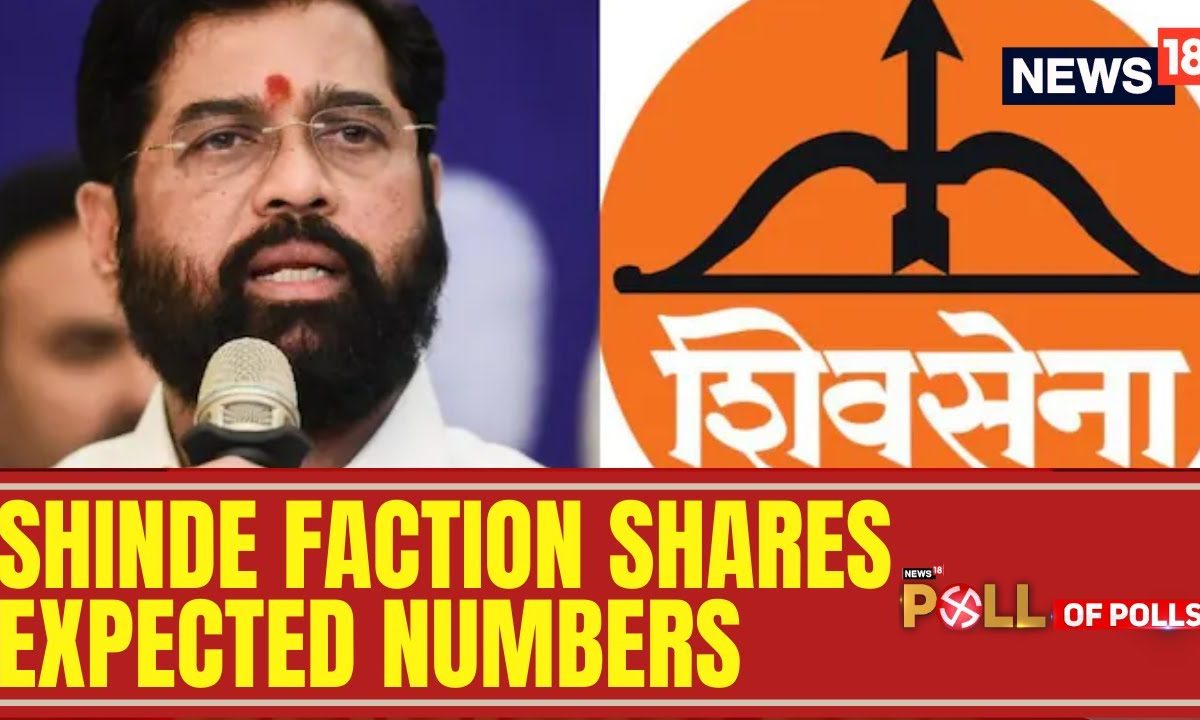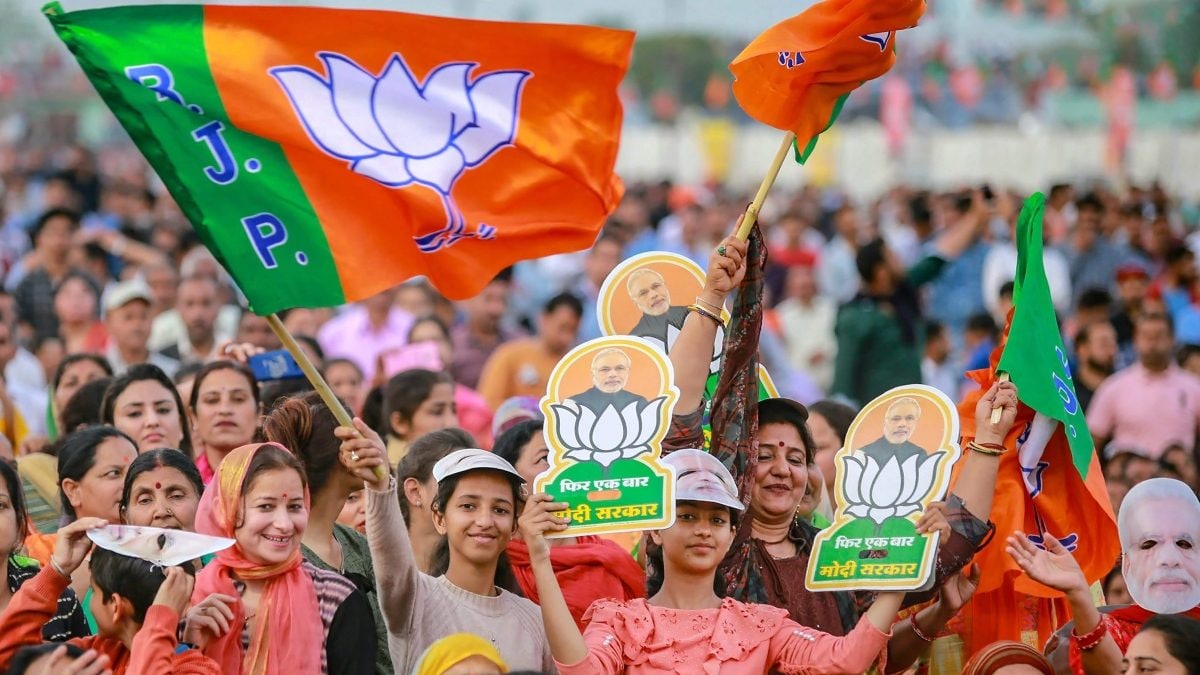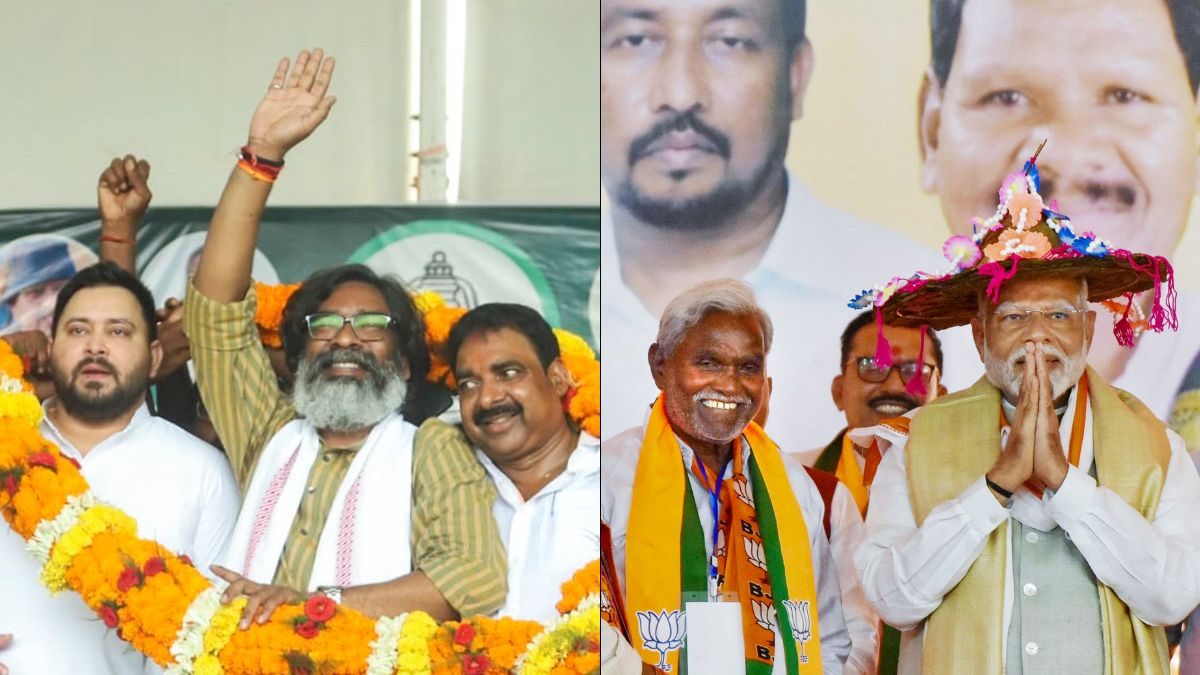Last Updated: October 09, 2024, 16:02 IST

Uttar Pradesh Chief Minister Yogi Adityanath spoke at an event in August in Agra. (Image: PTI/File)
There was a Muslim consolidation in Haryana votes in constituencies like Nuh that was rocked by communal violence that spread to adjoining Gurugram as well, where one could spot Hindu consolidation.
August 5, 2024, is a red letter day for neighbouring Bangladesh that saw the end of Sheikh Hasina’s 15-year-long rule. But this red letter day may have had a role to play in the Haryana elections, courtesy Uttar Pradesh Chief Minister Yogi Adityanath.
Sheikh Hasina fled Bangladesh to come to India, leaving her country in the grasp of lawlessness and radicalism. What followed in the days and weeks to come was well-documented systemic torture against the religious minorities in Bangladesh, mainly the Hindus who constitute 8 per cent of Bangladesh.
In the third week of August, in an event in Uttar Pradesh’s Agra — several kilometres away from Dhaka — UP CM Yogi Adityanath gave a clarion call that sounded more like a warning to the majority of Hindus of India — ‘Batenge to Katenge’ (divided, we get murdered) – which may have played a role in how Haryana voted.
“Nothing can be above the nation. And the nation will be empowered only when we are united. ‘Batenge to Katenge’. You are seeing what is happening in Bangladesh. Those mistakes should not be repeated here… ‘Batenge to Katenge, Ek Rahenge to Nek Rahenge,” the chief minister said at a public meeting in Agra with a suggestive smile.
#WATCH | Agra: Uttar Pradesh CM Yogi Adityanath says, “Nothing can be above the nation. And the nation will be empowered only when we are united. ‘Batenge to Katenge’. You are seeing what is happening in Bangladesh. Those mistakes should not be repeated here… ‘Batenge to… pic.twitter.com/OMVP4NxVJB— ANI UP/Uttarakhand (@ANINewsUP) August 26, 2024
Haryana, that voted two months later and has intricate caste divisions, seem to have received Yogi Adityanath’s two months old message from Agra and given the BJP a third chance.
Why, one may ask.
There was a Muslim consolidation in Haryana votes in constituencies like Nuh that was rocked by communal violence that spread to adjoining Gurugram as well, where one could spot Hindu consolidation. Congress’s Aftab Ahmed secured a victory in Nuh while in Gurugram, the Bharatiya Janata Party’s (BJP) Mukesh Sharma emphatically won in spite of having rebel issues. Both Nuh and Gurugram voters had clear intentions — to elect a Congress and a BJP representative respectively.
Similarly, Mamman Khan, who is accused of inciting the Nuh violence, won Ferozepur Jhirka by a margin of over 98,000 votes, on a Congress ticket. Not to forget, Mamman is one of the accused in the Nuh violence, and the case is sub judice in court. However, his involvement in the riots seemed to have become a factor that resonated with voters in the region.
In another case of Muslim consolidation, Mohammad Ilyas from Punahana, won the seat by 31,916 votes, on Congress ticket. This is a Muslim-majority area.
As for the Hindu side of Haryana, people kept Jats and Muslims in the same bracket. Thus, the counter-consolidation was not just religious but also against a dominant caste (Congress fielded 27 Jat candidates — much higher than any other castes). So, there was a Dalit and OBC assertion with even in-roads in Jat territories facilitated by newfound Jat faces like Shruti Chaudhary, Kiran Chaudhary and BJP’s import from other states like Satish Poonia. Together, it created a religious and quasi-caste consolidation for the BJP — because, ‘Batenge to Katenge’ in a Congress rule where Muslims and Jats are presumed to have the last word.
![]()
Anindya Banerjee, Associate Editor brings over fifteen years of journalistic courage to the forefront. With a keen focus on politics and policy, Anind
...Read More

 1 month ago
1 month ago





